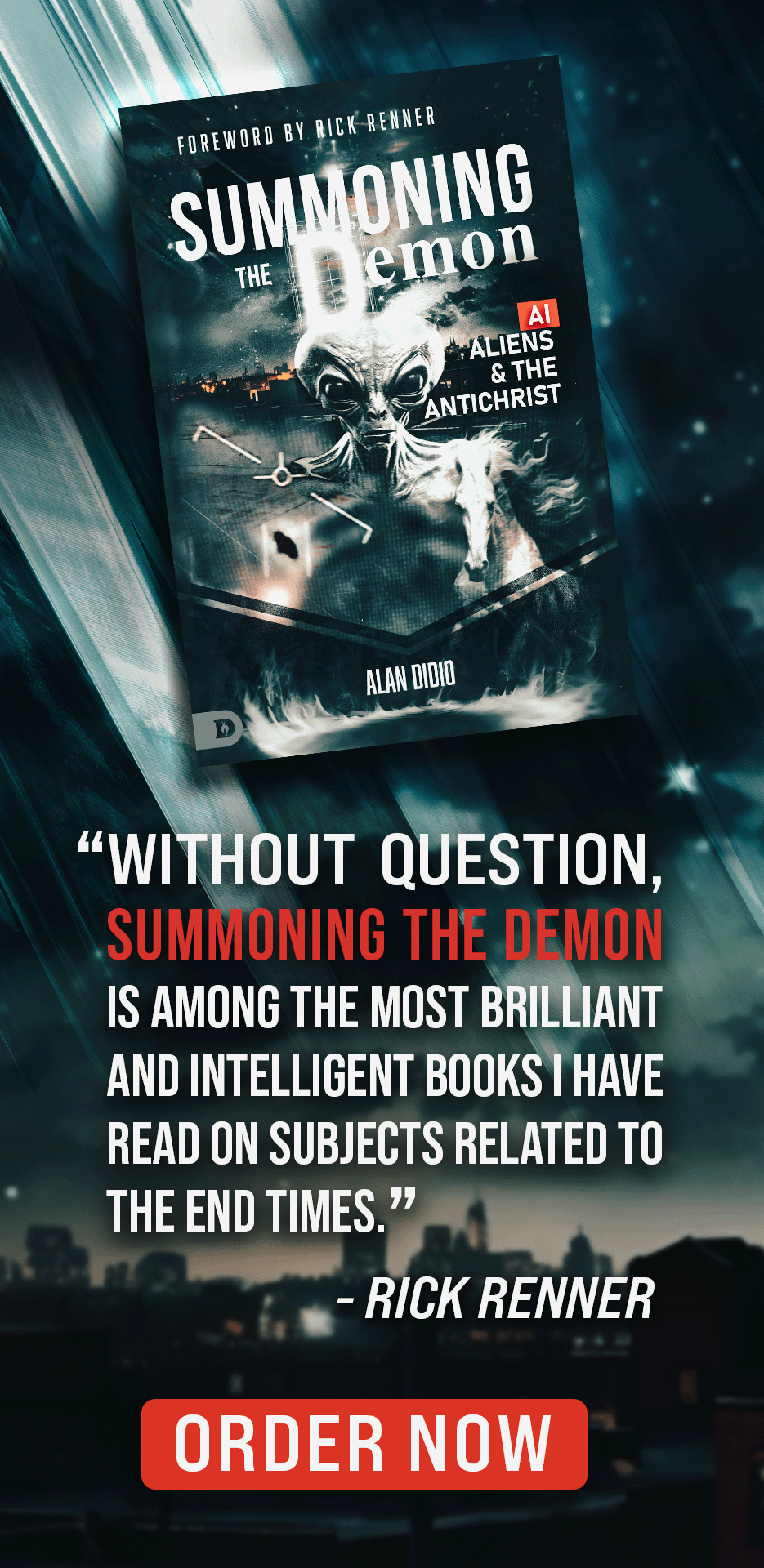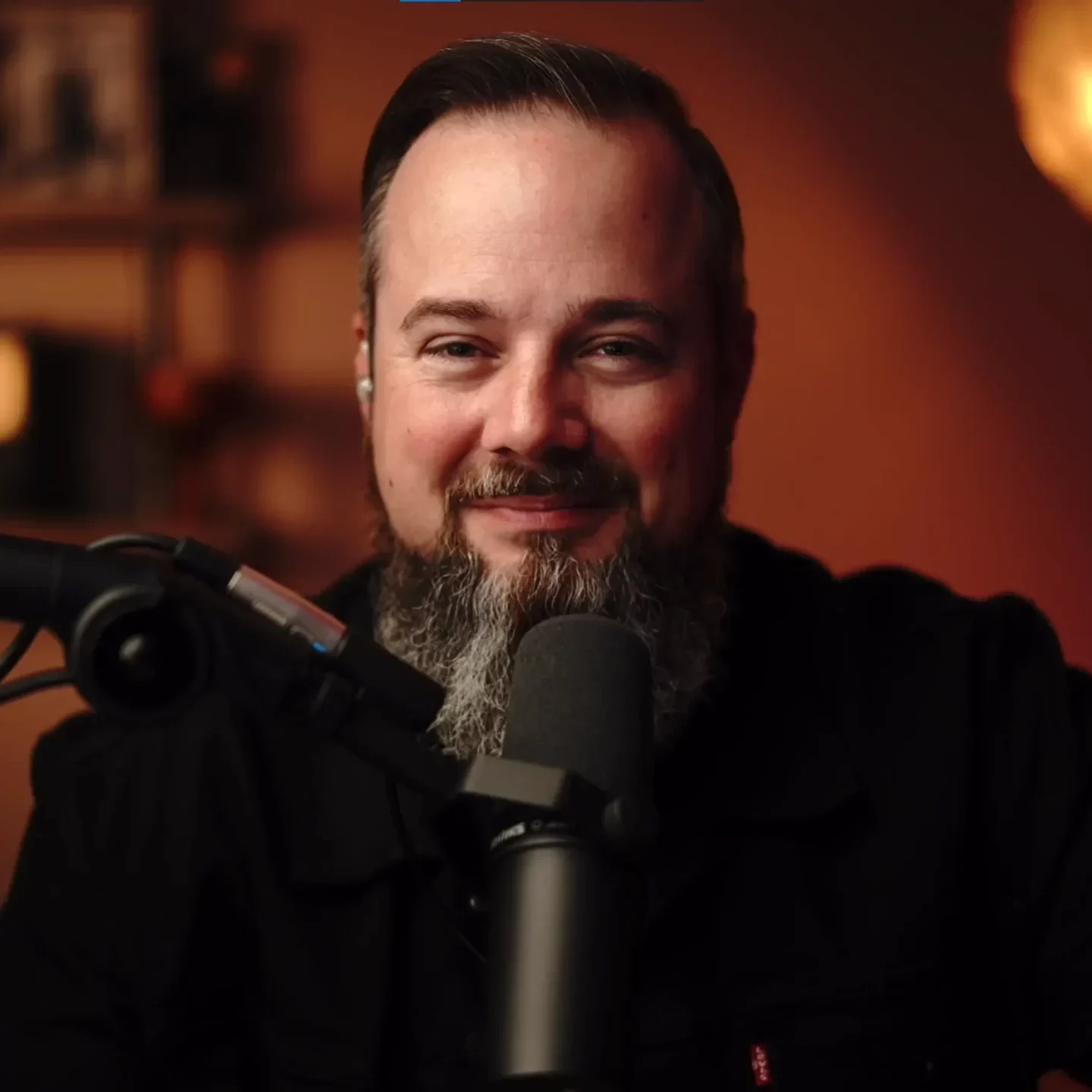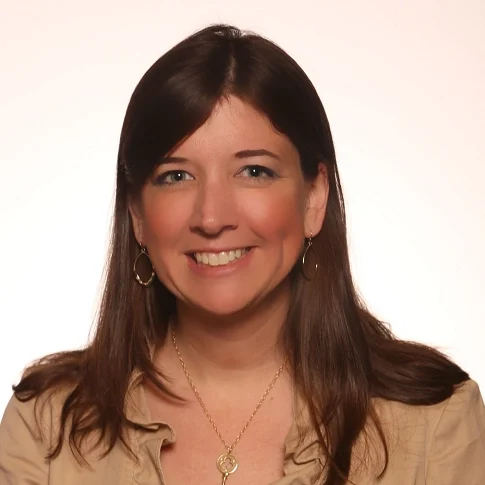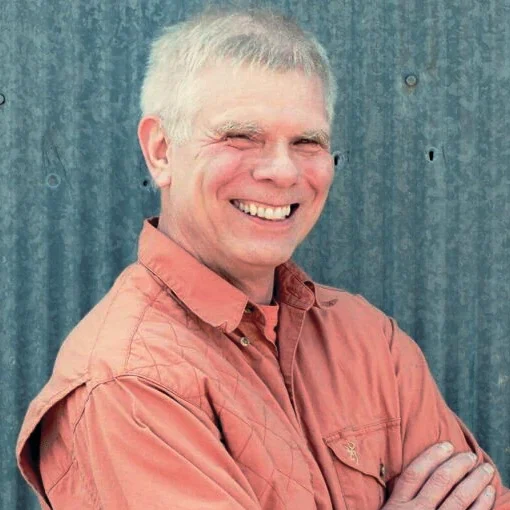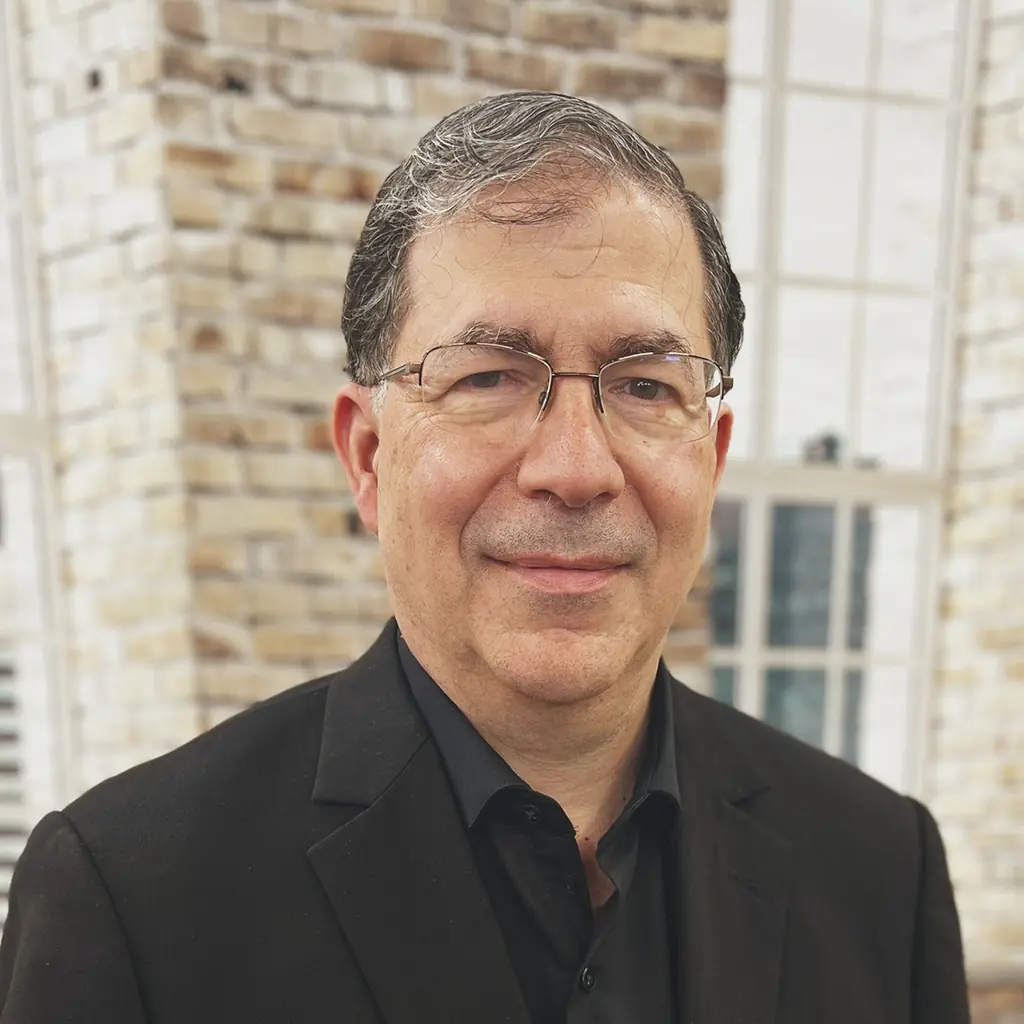How Prayer Shaped America’s Defining Moments

Prayer, it has been a cornerstone during times of crisis, uncertainty, and transformation throughout American history. From the nation’s birth through to modern times, leaders and citizens have turned to prayer for guidance, unity, and strength at some of the most pivotal moments in our history.
Whilst many examples exist of collective and individual prayer, we’ve outlined five landmark moments when prayer played a significant role in the creation and development of America’s story, each one showing why it remains a vital ritual for the nation’s soul.
A Nation’s First Steps: The First Continental Congress Prayer (1774)
In September of 1774, as conflict with Britain was simmering, the delegates of the First Continental Congress in Philadelphia started the session with a prayer offered by Reverend Jacob Duché.
Having read Psalm 35, Duché prayed for wisdom, strength, and unity to lead the young nation. It was a firm precedent, establishing that the young nation would seek guidance from God as it sought liberty and justice. It also served as a reminder that prayer could unite many voices and bring direction in perplexing times, a tradition that is as valid today as in those days.
A Leader’s Solace: Washington’s Prayer at Valley Forge (1777–1778)
During the bitter winter at Valley Forge, General George Washington was reported to have knelt in the snow as he prayed for his beleaguered Continental Army.
Think of the significance of that moment; America’s first president sought God in his hour of despair, asking for the Almighty to strengthen a nation on the brink. The many depictions of Washington in prayer are reminders to us all that in moments of national and personal crisis, prayer is an assured source of resolve and strength which anchors us in hope when all seems lost.
A Call to Heal: Lincoln’s National Day of Prayer and Fasting (1863)
In the midst of the devastation of the Civil War, President Abraham Lincoln called for a national day of “humiliation, fasting, and prayer” on March 30, 1863. He asked Americans to offer prayers for God’s pardon and guidance in mending a fractured nation.
In this shared act of petition and humility, prayer was highlighted as a levelling force with the ability to join and reconcile differences, giving rise to a shared devotion to peace and justice.
Lincoln’s proclamation illustrates how prayer can move a nation to look back, repent, and rebuild, even in its darkest moment.
A Revival of Spirit: Billy Graham’s Post-WWII Crusades (1940s–1950s)
In the post-World War II years, as America grappled with Cold War anxieties and social change, evangelist Billy Graham led massive prayer rallies, most notably his 1957 New York City Crusade. Millions prayed together for national revival, seeking God’s assistance to live in a rapidly changing world.
Graham’s crusades emphasized the power of prayer and how it is the means of recapturing moral clarity and unity, showing that common faith could shape public discourse and summon a nation to rise above fear.
Why Prayer Matters Today
These snapshots in history reveal prayer as more than a personal act—it’s a corporate dynamic that has guided America through her darkest days. Prayer has provided strength during crisis whilst stirring hope for a better tomorrow.
Regardless of which point in history we reflect upon, there have always been times of turmoil and peace, polarization and accelerated age, and yet the discipline of prayer has proven to be no less vital. It beckons reflection, engenders empathy, and reminds us of our desperate need of our Creator God.
Prayer is our nation’s enduring anchor and as the history books remind us, prayer has the power to transform hearts and guide destinies. Let us employ it as a tool of renewal, of strength, and of hope for the times to come.
Thank you for your support.
If you appreciate the work we do to spread the good news of Jesus Christ, please consider giving a gift to help us continue this work. Maranatha!
Click an icon below to share this post.
All articles, including blogs and guest articles, published on Encounter News are owned by Encounter Today and Encounter News. The use of any content created and published by Encounter News may be quoted but attribution is required.
Portions of Encounter News articles may be used for reprint and republish purposes, but Encounter News MUST BE CREDITED.
All reprinted or republished articles must:
(1) Identify the author of the article.
(2) Contain the Encounter News byline at the beginning of the article and a hyperlink “Encounter News” to the respective article on the Encounter News website.
(3) Contain, at maximum, three paragraphs and then link back to the original article.












